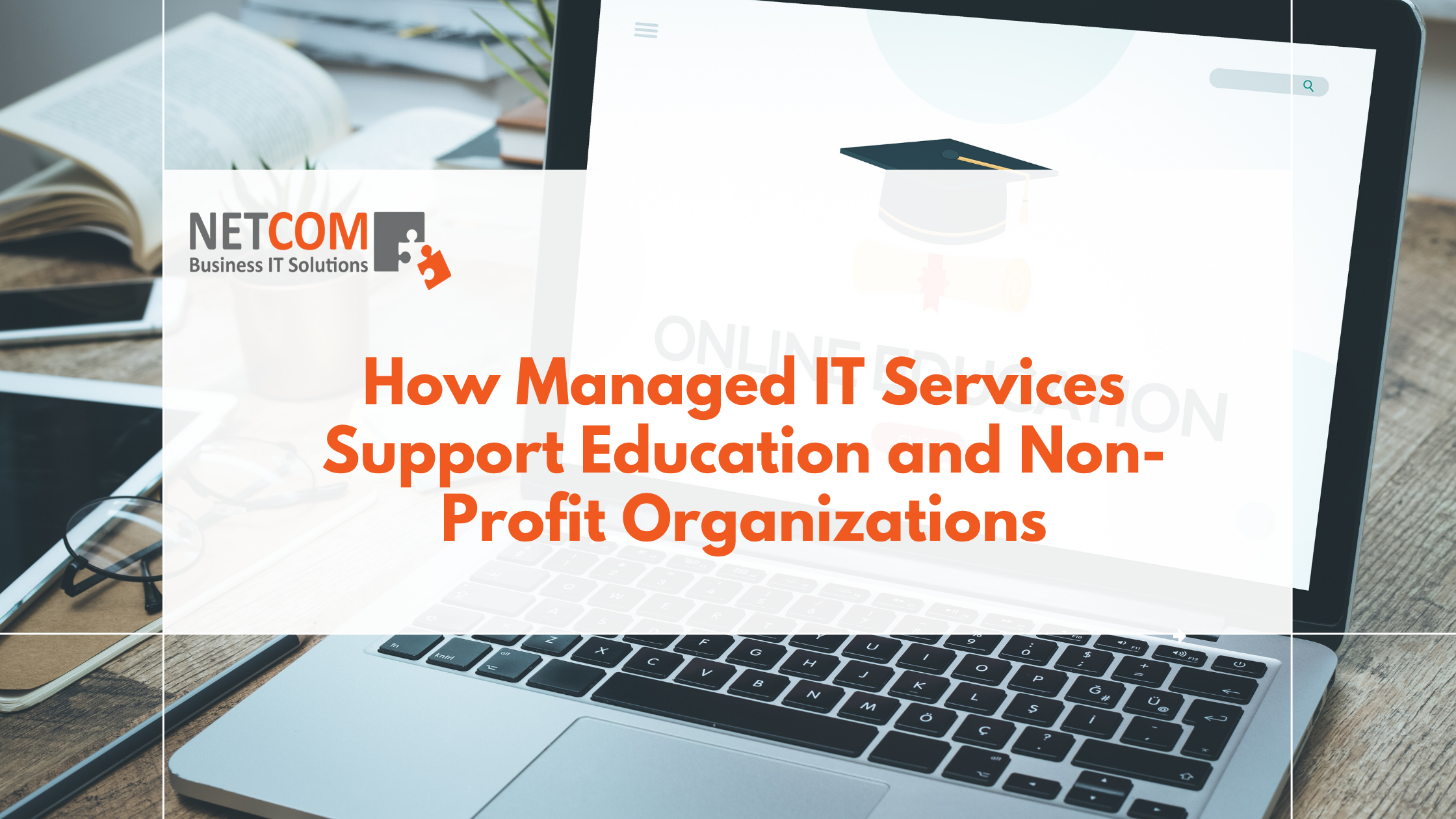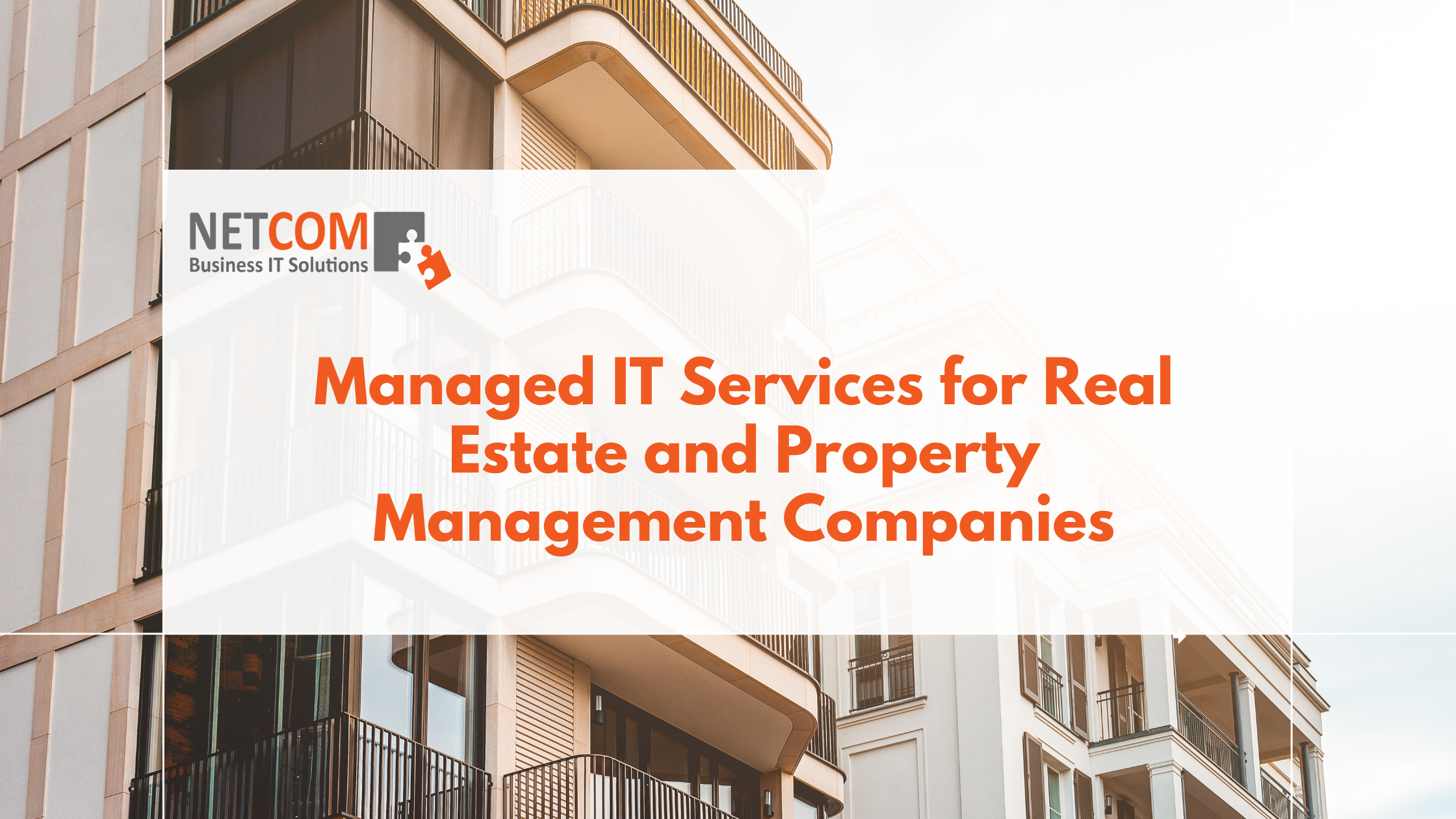The world now operates on a technology basis and therefore, educational institutions and non-profit organizations all rely on efficient, secure, and reliable IT systems to run their operations. Technology is the strength of their day-to-day operations, managing data to maintaining a smooth flow of communication to the company. Installing these systems within an organization may, however, be expensive and time consuming. This is why most schools and non-profits are resorting to managed IT services to schools, managed IT services to nonprofits as well as managed IT services to education so that they can become more productive, less expensive, and better service providers.
The Increasing presence of Technology in Education and Non-Profits
The past decade has seen an explosion of the introduction of digital tools into classrooms and charitable organizations that has changed the way they operate. The schools are embracing the use of cloud-computerized learning environments, testing systems and electronic documentation. In the meantime, non-profits can use technology to raise funds, handle donors, and work remotely.
Nonetheless, other issues associated with such advances are the cybersecurity threats, data storage aspects, and complicated software maintenance. Here is where managed IT services to education and managed IT services to non profitable come in; which provide specialized services to help in making technology an enabler rather than a burden.
What Are Managed IT Services?
Managed IT services are outsourcing of management, monitoring and maintenance of IT infrastructure of an organization to a provider. This comprises of network management, cybersecurity, data backup, cloud support and helpdesk assistance.
In the case of schools and non-profits, such a partnership enables the institutions to concentrate on fulfilling their core business, which is the teaching of students and helping communities, whereas the technical know-how is done by the complexities of IT systems.
Managed IT Services Advantages to Schools.
Schools are becoming more reliant on online solutions in the learning process, communication, and administration. However, these systems can be difficult to manage to due to limiting budgets and expertise of staff. That is how school managed IT services can deliver actual value:
Improved Learning conditions
Managed IT services guarantee predictable Wi-Fi connections, a streamlined cloud system and effective management of devices allowing teachers and students to be able to access digital resources at any time. The virtual classes, e-exams, and hybrid learning models are all based on behind-the-scenes technology, which IT specialists make it possible.
Stronger Data Security
Schools deal with confidential data including student records, grades and financial information. The breach of data may have serious effects, such as identity theft and the reputation. To protect against cyberattacks of educational data, managed IT providers apply strong cybersecurity tools, such as firewalls, encryption, and multi-factor authentication.
24/7 Technical Support
Managed service providers also provide 24/7 monitoring and support using contrast to small in-house teams. Be it a crash of the server during an online test or a malfunctioning software upgrade, everything is sorted out within no time and the amount of time as well as the tension on the teachers and the administrators is insignificant.
Cost Efficiency
Schools are always faced with the worry of budget constraints. Managed IT services are delivered on the basis of a foreseen monthly plan and odious of unwelcome maintenance expenses and the high prices of replacing the hardware. This assists schools to channel resources to greater effectiveness in regard to education programs.
Futurability and Extensibility
The Reason why Managed IT Services are essential to Non-Profit Organizations

The Non-profits are subject to their own types of issues: they have limited financial resources, increase in data demands, and need to be transparent and accountable to their donors and stakeholders. Managed IT solutions to nonprofits are aimed to resolve such problems in an effective and cost-efficient manner.
Efficient Donor Manager and Fundraising software
The non-profits are dissimilar to those that are dependent on donor relationship management software and online fundraising sites. The IT teams managed are smooth and have secure databases and rapid processors- so that the organizations can direct their mission and not their IT.
Better Teamwork and Remote Work
In the modern world, a lot of non-profit teams operate using the work-at-home system or in various places. Managed IT providers install secure cloud collaboration instruments like Microsoft 365, Google Workspace, and Slack- that enable volunteers, staff, and partners to get along smoothly.
Information System Protection and Compliance
Non-profits have personal donor information, financial information and project confidential information. To provide data security to the organization and the reputation of the organization, managed IT service providers apply data backup, disaster recovery plans and compliance measures (i.e. GDPR/HIPAA) that guarantee data integrity.
Low, Forecastable IT Spending
Given that non-profits have lean budgets, IT costs cannot be predicted, which interferes with financial planning. Managed IT services are fixed-rate monthly services which include monitoring, maintenance and support- they are also stable in terms of cost and offer certainty.
More effective Utilization of Scarcity
Through IT management outsourcing, non-profits are able to cut back on the full-time IT personnel and enable them to allocate the money towards community programs and outreach services.
How Managed IT Services Mediate the Gap between Technology and Mission
The schools have their approach to the non-profits: both aim and strive to obtain significant results despite limited sources. When utilized appropriately, technology can serve as an enormous tool in the achievement of such mission. That is the case with managed IT services to education and managed IT services to nonprofits:
Automation and proactive surveillance avoid downtime and removal of those tasks that cannot be automated due to their repetitive nature.
Innovation: Innovation is facilitated by availability of advanced cloud solutions, cybersecurity tools and collaboration software in teaching and service delivery.
A-CORE: Technical duties confronted by professionals give organizations opportunities to work with students, donors and communities instead of trying to fix IT problems.
Continuity: Daily backups of data and disaster recovery are beneficial in that operations are carried out without any problem even during unanticipated disruption.
Collaborating in a Better Future
When it comes to selecting an appropriate managed IT partner, it is not just a technical choice it is a strategic one. Experienced providers help to design specific solutions that meet organizational objectives and compliance demands because they are aware of the specific needs of educational institutions and non-profit organizations.
Through the use of managed IT services to schools, school administrators are enabled to make sure that technology really improves education. In the same spirit, through managed IT services to nonprofits, an organization is set to increase its effects on the community and maintain the security of the data, as well as predictable costs.
Conclusion
The education and the non-profit sectors are critical in defining communities and or social advancement. With the ever-changing technology, the issues that surround it in regard to its effective management remain to be challenging. Managed IT services in education and managed IT services in nonprofits is where reliability, scalability and protection are appreciated and are able to concentrate on what actually matters when considering these organizations, which is its mission.
Through the help of an expert IT agency, any school or non-profit will be capable of utilizing every potential of technology to educate, serve and inspire without having to worry about learning to manage the complex IT systems on their own.






